Best Practices
Get organized the smart and easy way with WiseMove!
WiseMove helps you get and stay organized for a move, a hobby or a lifetime.
See below some best practice advice for easily moving, storing and organizing your important items.
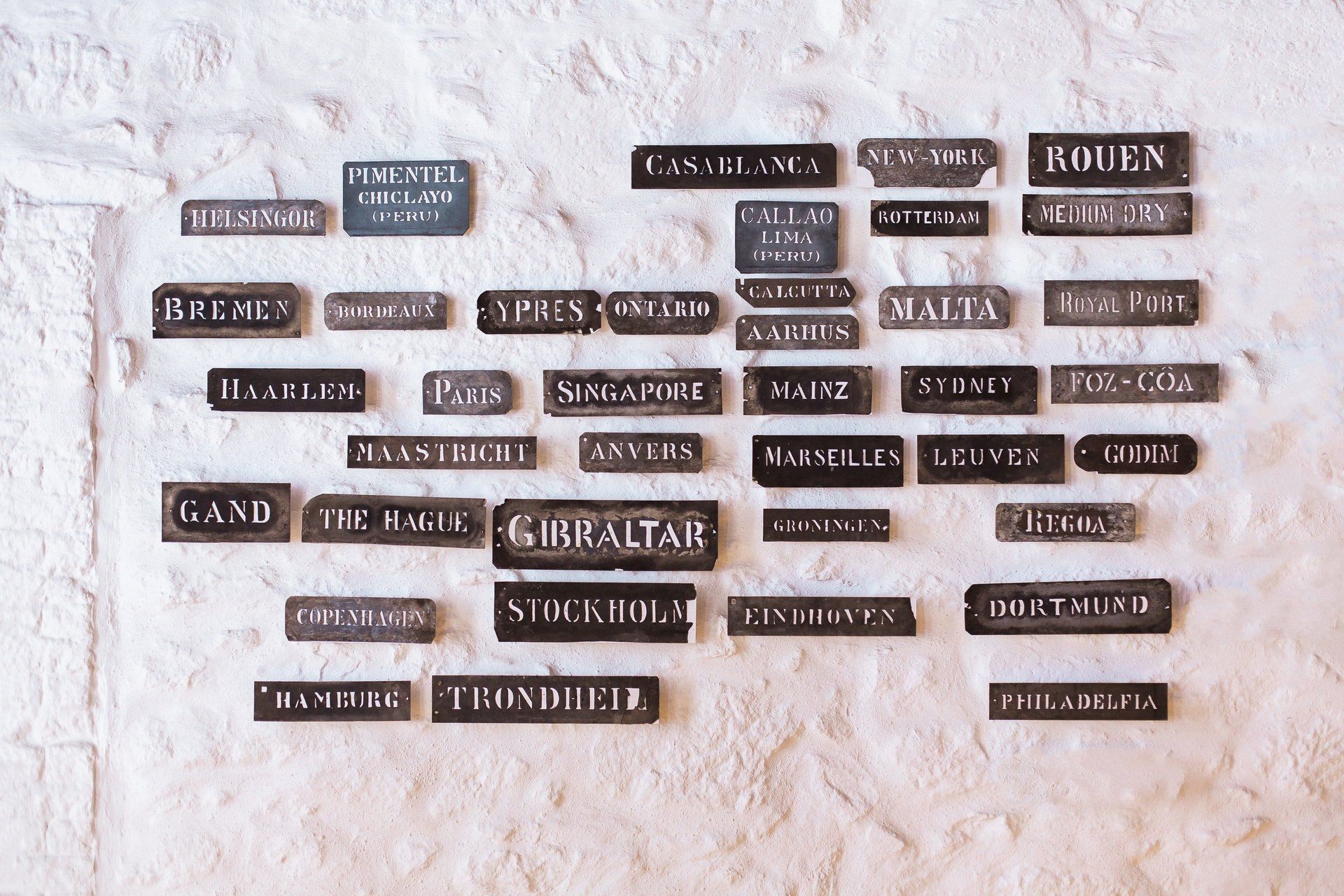
Labeling Boxes - Best Practices
Protecting labels from accidental destruction Whether you've purchased labels or printed them yourself, we recommend putting an ample piece of clear packing tape over the label to insure it stays on or doesn't get destroyed.
Number of labels recommended per box
We like putting labels on multiple sides of the box (We recommend 4 or 5 but at least 2. with at least one on the end and one of the sides). The print free labels at www.thewisemoveapp.com allows you to choose the number of identical labels you want to print for multiple sides of every box or tote.
Number your box as a safety net
Note the WiseMove QR code labels come with a unique box numbers. We suggest considering taking a Permanent marker and add the box number to one or more sides of the box, especially if you are using a different unique QR code, not provided by WiseMove with an assigned box number. You can search a QR code or box number right in the app to identify all the contents you listed for that box/tote.
Color Code Labels and/or Boxes
You can select to color-code your labels when you print for free at www.thewisemoveapp.com/labels/.
This is great for extra organization, when you color-code by room then you can print a few "Key" Reference Sheets up and put them in high-traffic areas as the movers are bringing in your boxes. Creating a visual list of what colors are assigned to the rooms are quick reference for the movers to be aware of and follow. A color code and/or room name for the boxes assists you and your helpers on move-day for the delivery location of your belongings, saving you time and keeping things a bit more organized.
Many people also choose to purchase large colorful block "Room Labels" to easily identify a box's destination for the movers. We like this because it's just easy to see and respond.
Here is our affiliate link for purchasing these Room Labels, or you can choose WiseMove Label Template XX and enter the number of boxes you want for certain rooms in your house and the room will come pre-printed on the label or even offer you a space to write the room assignment on the label.

Packing Best Practices
- Clean out and get rid of what you don't need or want to take with you.
- Make a plan by room - waiting to pack the things you'll need most until the end.
- Pack "Open First" boxes with the things you'll need most quickly at the new place.
- Use quality packing materials.
- Use plastic wrap or trash bags to line boxes with anything liquid to prevent spills and leaks.
- Keep similar items packed together.
- Use the WiseMove app to keep track of what is in each box.
- Store small or fragile items in furniture drawers - use bubble wrap or packing paper, wrap these items and mark fragile. In addition, I like using handtowels and washclothes from the bathrooms to wrap items that are temporarily stored in these areas. Be sure to pad the drawer well so items don't roll around.
- It's always a good idea to make sure furniture pieces get wrapped with packing blanket, packing tape and then wrapped well in moving plastic. Especially those with drawers and doors to ensure they stay closed - especially if you've packed items in the drawers as recommended above. Items in trucks will always move around more than you think they will and this is how items get scratched and broken parts.
- Have plenty of tape on hand. Be sure to use packing tape and we always recommend clear tape. Be sure to tape all boxes well. Take time to reinforce the bottom seam of any cardboard box you use, even those that you are recycling from a grocery store or merchandise items.
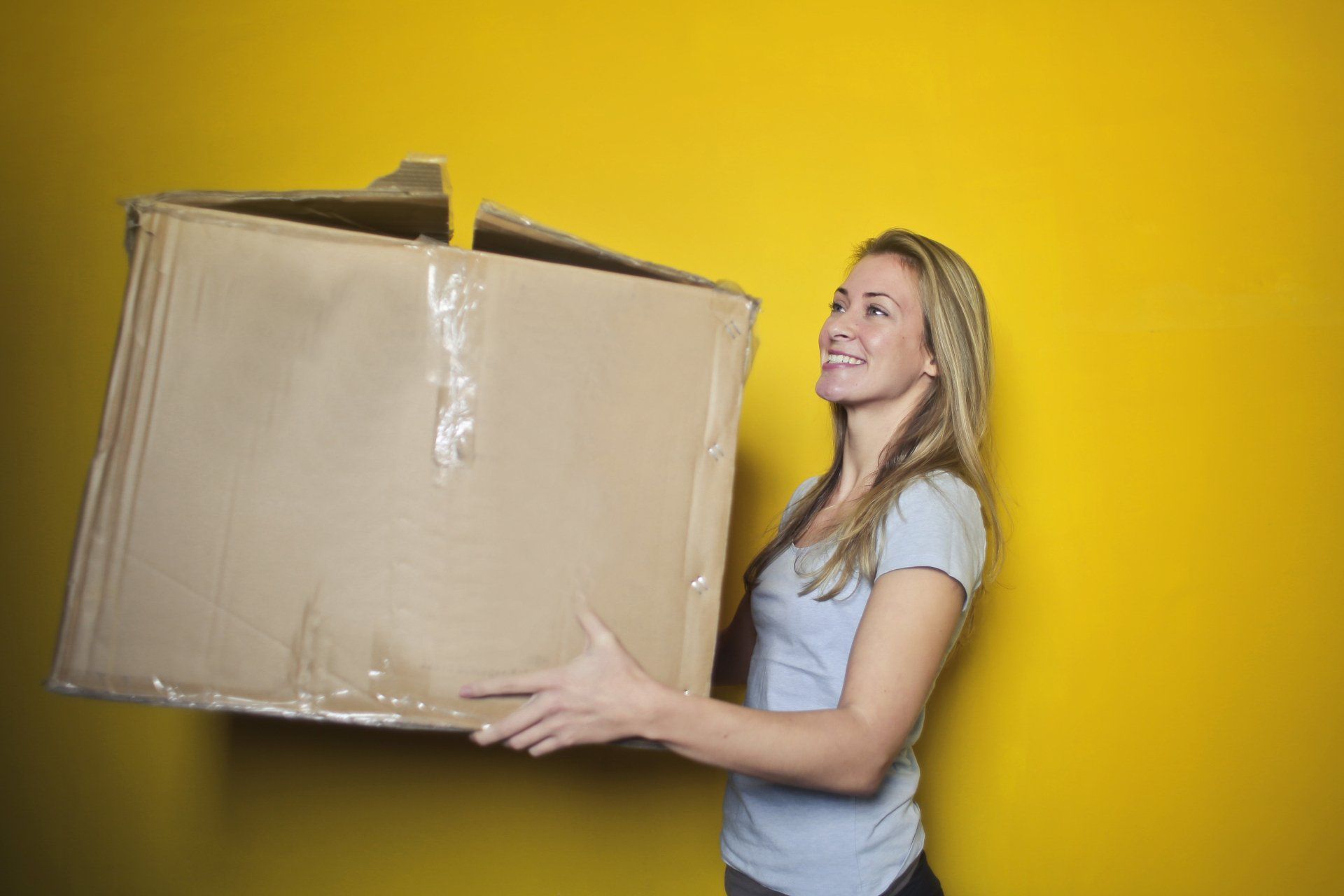
Moving Best Practices
- First In = Last Out. Seems like a simple thing, but if there are certain boxes you want to keep as "need early access" when you arrive at your new location, then put these on the truck last.
- The first items out of your old place will go into the truck first and be at the back so it will be the last items brought into the new location.
- Plan ahead and decide which items you will likely need your first night in the home and load it onto the truck accordingly.
- Get all users access to the WiseMove app with the roles and permissions you want to assign for easily accessing box details you give them access to.
- If you're using a WiseMove Pro who has access to the Mover Role in the App, then before they depart your old home, check the inventory list to make sure they have all the boxes and items you intended. Think chain of custody. If you check them out and they only have 98 of your 101 boxes you can easily look at those boxes and confirm that you have moved them elsewhere and they will be leaving with out them.
- When the movers arrive at your new location, be sure they have mover access to your box inventory list (box numbers only) so that you can make sure they have dropped off all boxes and items that were put into their custody at your old location. This way, if they only show up with 96 of the 98 boxes that they took custody of, you will know immediately, what those boxes look like and what the contents were. No longer having to guess once you've unpacked everything.
- Insurance is important protection for everyone involved. If using a mover, we recommend making sure they are insured and bonded and ask for a current copy of their insurance certificate. This should also outline what insurance coverage there is on your items. Discuss the claims process prior to contracting with them so you know what to expect. You can also check with your insurance agent to see what coverage there may be for you on your homeowners or renters policy.
- Recycle your boxes. It's the right thing to do.

Storing Inventory - Best Practices
- Tag and label inventory containers with WiseMove QR codes for easy tracking.
- Use WiseMove alerts and notifications for duplicate items when they are added to the app and set expiration dates, helping with FIFO standard practices (First-in-First-out)
- Conduct regular inventory inspection or counts. This can be done right in the app without having to touch every box.
- Organize the storage room with the most often used items easily at hand and with labels facing outward.
- Consider using rolling racks in a storage room so inventory can be easily moved around as needed.
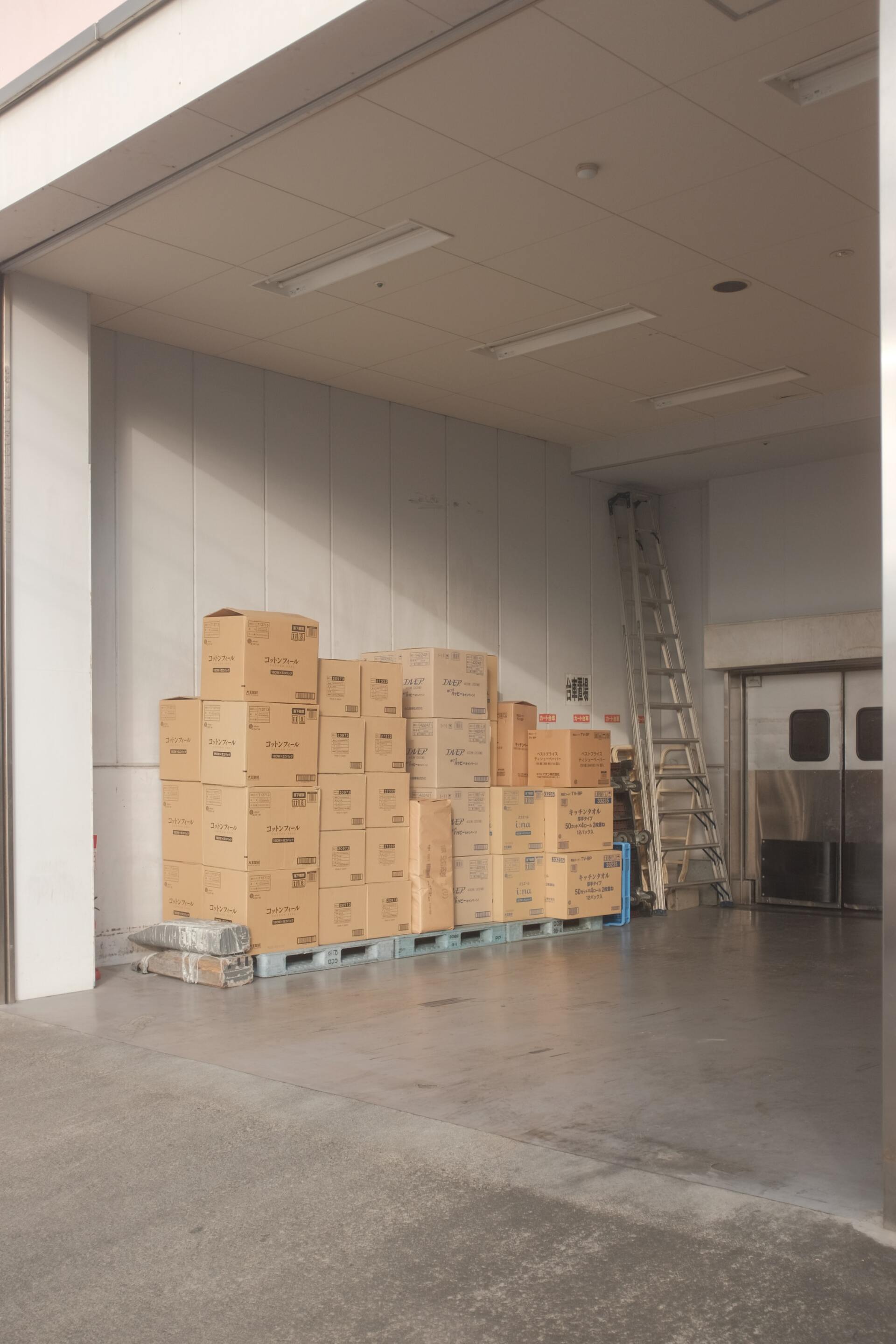
Storage Best Practices
Do Not Store:
- flammable or combustible items
- hazardous materials
- food or items that attract bugs
- living things
- Drain fluids from lawn and garden equipment before storing. Avoid corrosive damage by properly cleaning the equipment before storage.
- Using re-usable totes are much better than using cardboard, both for stability of tall stacks but also to attract less pests and critters and better protect the items you are storing.
- Use Cedar and moisture control packets (link/link) to keep your items fresh and in good condition.
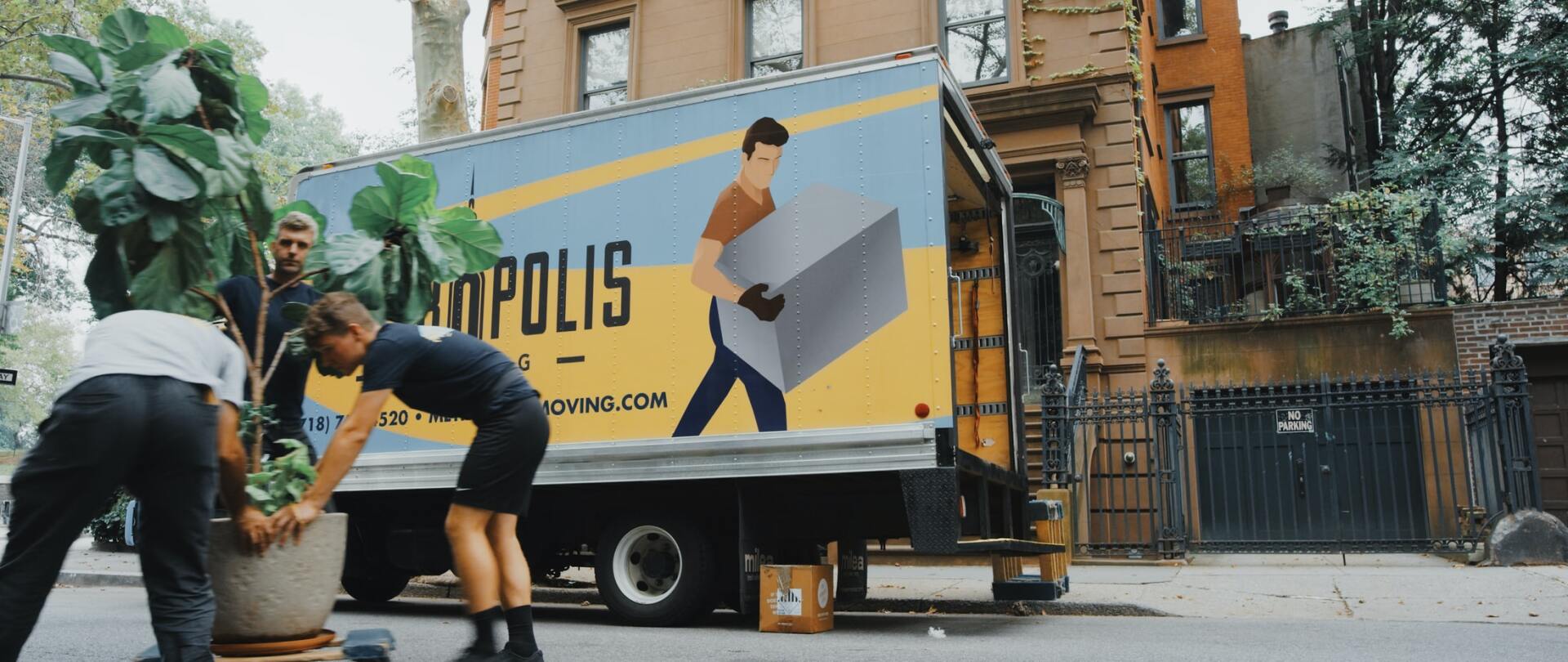
Description Title
Our top 6 items to consider when contracting with a mover.
1.) Get Referrals from your friends, realtor, local neighborhood community sites.
2.) Follow the Rule of Threes. - Get 3 bids
3.) Make Sure the Mover Is Licensed, Insured and Bonded. Get a copy of the insurance certificate. Don't just take their word for it.
4.) Get References from at least 3 recent families that used their services.
5.) Check the internet with google and yelp searches to see that others say.
6.) Check with the Better Business Bureau.
7.) Ask them about their inventory process and what happens in the event of missing or damaged items. Get their claim process in writing prior to finalizing the reservation.
9.) Don't pay for the move prior to arrival date. A deposit to reserve the date/move is acceptable and normal practice. Then make sure you are aware of the remaining payment process and are okay with their requirements.
10.) Verify the delivery address and get cell phone numbers and test them before departure.
11.) Watch Out for Red Flags and don't be afraid to say something. These are your posessions and you have every right to insure they are being cared for in the process.
12.) Make sure you know how you are being charged to avoid over-time or should the initial quote be mis-calculated. It's not uncommon for a large home to take up more space than what was estimated and sometimes even cause the company to have to get an additional truck in some cases.
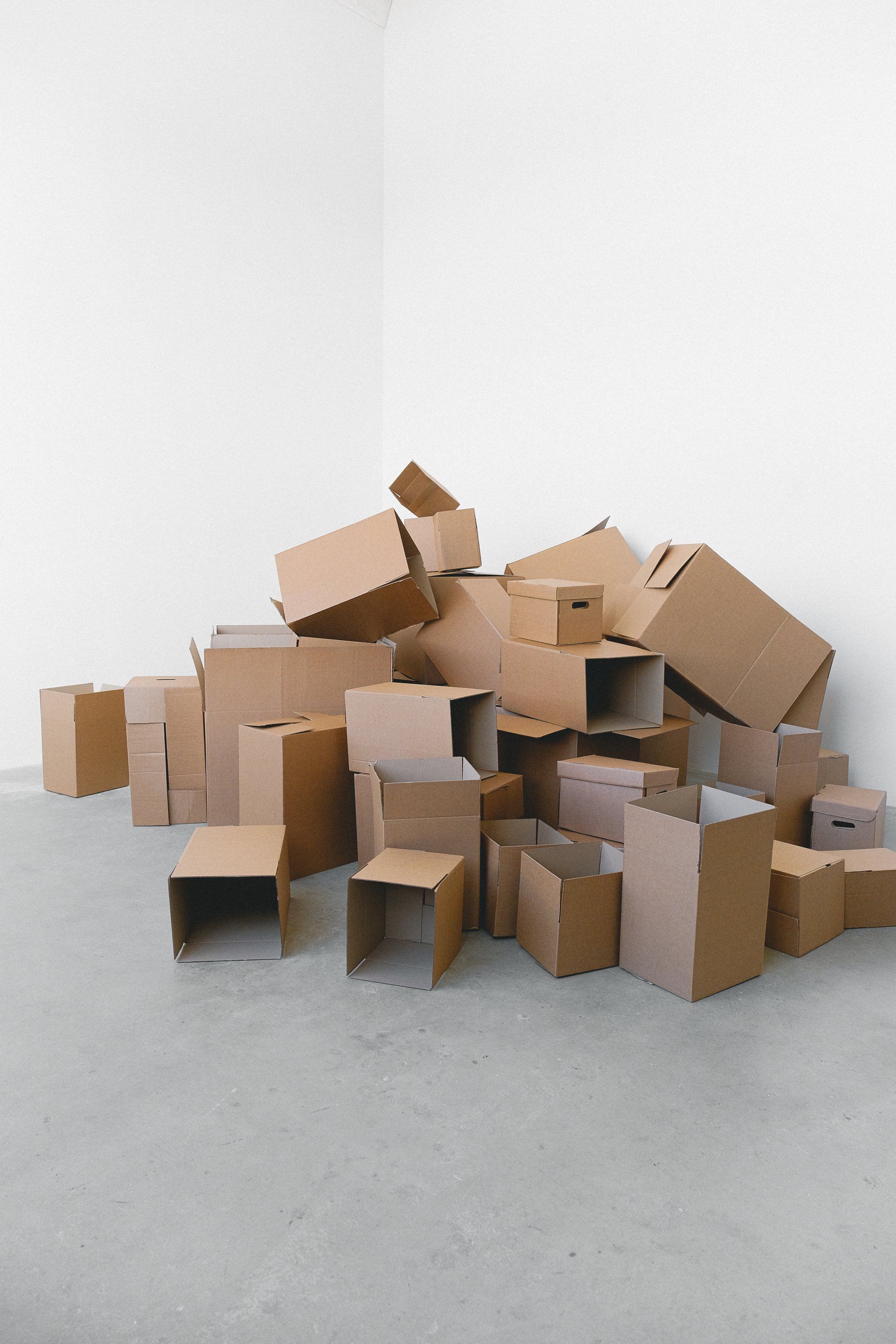
Moving Boxes Best Practices
Use sturdy boxes that are of similar dimensions so you can easily carry and stack/pack them in the truck or storage area, This allows more boxes to fit into a moving truck and helps avoid damage to furniture, boxes or boxed items. It also saves on time and labor by making loading and unloading quicker.
Small Moving Boxes
Some small boxes are specifically identified as book boxes. These are typically a stronger cardboard box to hold the weight of books well.
Small Moving Boxes are ideal for packing up smaller possessions. They can be perfect for utensils, small appliances, canned goods and cleaning supplies, bathroom items etc.
Medium Moving Boxes
Medium boxes can typically be found in two weights - heavy duty and standard. These are the most comonly used box size and are considered "all-purpose". Great for home-office items, files, printer paper, supplies and more. Be sure to fill extra space with bubble wrap or hand/bath towels to keep items from shifting too much during a move.
Large Moving Boxes
Great for for bulkier items like blankets and comforters, sheets and pillows, or bath towels. These are also good for home décor, toys and sporting equipment as long it's not too heavy.
I always recommend the Heavy Duty Large Boxes for larger kitchen appliances, lamps, etc., and use blankets or bath/beach towels to take up open space or for load balancing.
Wardrobe Boxes
These boxes are designed with metal hanging bars and are typically heavy duty. They are made to transport hanging clothes to avoid wrinkling. Wardrobe boxes are also great for bulky items, large lamps, pictures/paintings wrapped in packing blankets or bubble wrap, large comforters and bedding, etc. (when used without the metal bar, of course). I like using large garbage bags for extra protection against moisture.
Telescope Boxes
These boxes come with a separate, slightly larger top & bottom piece that fit together to form one box. This alllows you to slide the smaller piece into the larger one until the entire item is protected by the box and then tape it to afix the top in place. These boxes come in various sizes and shapes for tubular to flat household and office items. Again, take up extra space with padding, moving blankets or bedding/towels to prevent breakage or damage to fragile or odd shaped items.
Flat-Panel TV Boxes
These are made to hold both LED and plasma flat screens TV's. Flat panel TV boxes are typically long, rectangular-shaped cardboard boxes. Each flat panel TV box should indicate “this side up” in order to protect your TV while in-transit. Do not forget padding to protect valuable electronics.
Plastic Totes / Bins
Plastic bins or totes are best when it comes to packing/storing seasonal clothing, holiday decorations, electrical items, cords, fragile items and more. Avoiding storing cardboard long term will discourage pests and decomposition should the storage area get damp or wet.
Bankers Boxes
From file folders and binders to pens and papers, your office supplies should be moved using bankers boxes. These cardboard boxes come with handles and lift-off or flap-down lids for easy moving of all paper items. They are typically a medium to heavy duty cardboard. I still prefer plastic file boxes for long-term storage for better protection and to avoid pest infestation.

